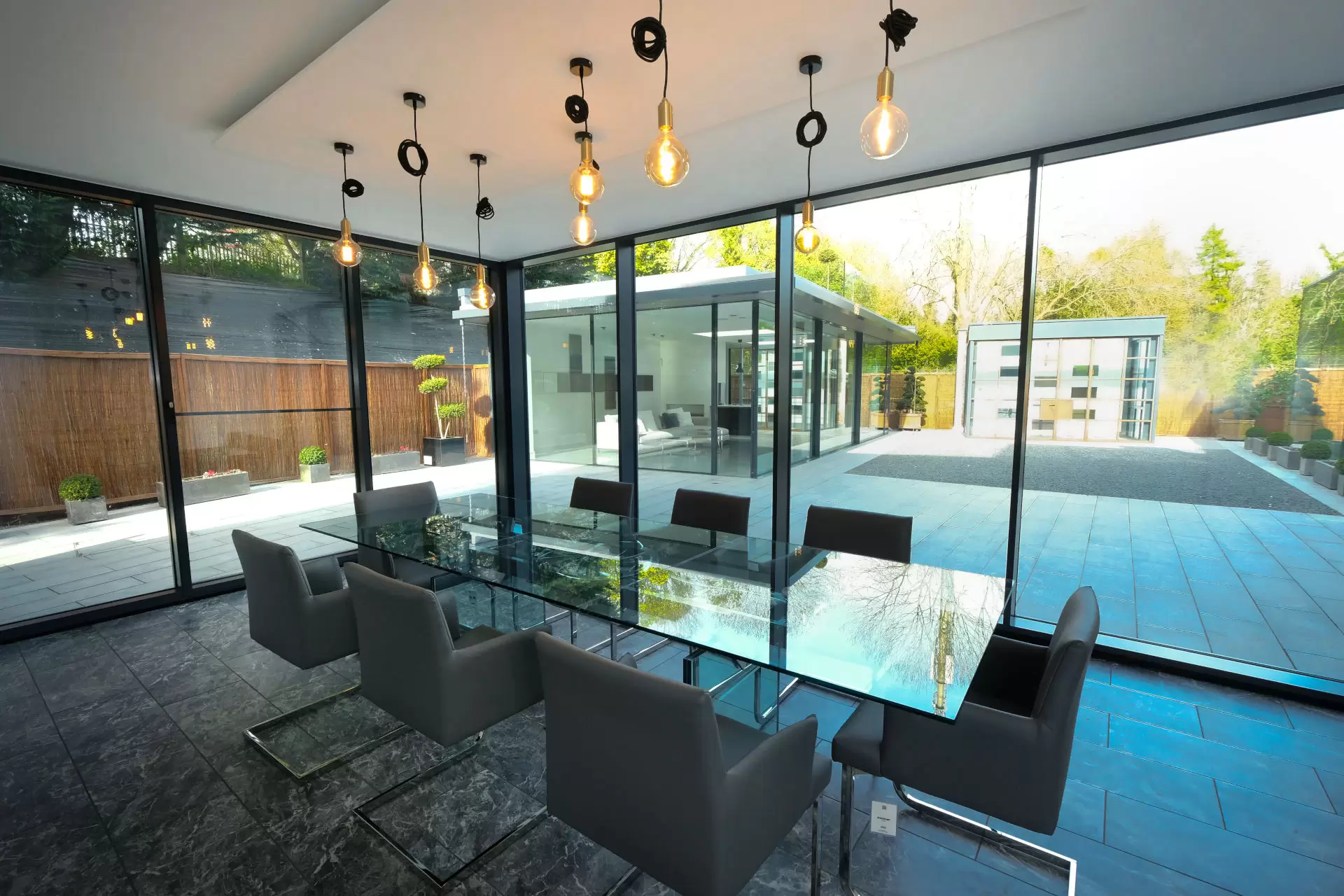Examination of various cladding Materials
Materials
Over time, many types of cladding find its use in the exterior of the building. Since ancient times, cladding was a layer of protection from the natural elements and as a layer of look and décor for the structure. Due to this, there are many variations in the materials for different types of cladding. For example, wood, stone, and brick were some of the earliest cladding materials used for their strong resistance to elements, temperature, and noise. In modern times, vinyl, aluminium, tiles, ceramic, and glass also find its purpose in different types of cladding. Looking at today’s time and different techniques of construction, we have over 10 different types of cladding that can elevate the language of the exterior of the building.
It is not necessary that the cladding one uses is always expensive; it can also be cost-effective and energy efficient for the houses. Along with their looks, the types of cladding offer sound and thermal insulation properties to the exterior. Hence, using different types of cladding for the exterior is a good choice for the designers as well as the users.

WOOD CLADDING
Wood cladding is appreciated for its natural aesthetic, warmth, and versatility. It can be applied in various forms, including planks, panels, or shingles, and comes in a range of species, each with unique colour and grain characteristics. However, wood cladding requires regular maintenance to prevent decay and is less fire-resistant than other materials. It’s typically used in residential or low-rise buildings, particularly those seeking a traditional or rustic aesthetic.

Common Features:
1. Natural Insulator: One of the remarkable properties of timber cladding is its inherent ability to provide natural insulation. With its cellular structure, timber acts as an effective insulator, retaining heat within the structure even during the winter months. This natural insulation can contribute to energy efficiency, reducing heating costs and providing a comfortable living environment.
2. Lightweight: Timber's lightweight nature is a significant advantage when it comes to cladding materials. Its lightness simplifies the transportation process, making it easier and more cost-effective to transport and handle. Additionally, when hiring professionals for cladding installation, the reduced weight of timber cladding translates into lower installation costs, making it an economical choice for homeowners.
3. Environmentally Friendly: Timber cladding boasts an eco-friendly profile, making it an attractive option for those concerned about sustainability. As a natural material, timber is renewable and biodegradable. Choosing timber as a cladding material contributes to the conservation of natural resources and reduces the environmental impact compared to cladding options like metal or concrete, which require significant energy consumption during manufacturing and production.
4. Durability: When properly installed and regularly treated, timber cladding, especially varieties like cedar, exhibits exceptional durability. Timber is naturally resistant to pollution, corrosion, heat, and frost, making it a reliable choice for various climates. Moisture control is essential to maximize the lifespan of timber cladding, ensuring that it maintains its strength and visual appeal over time.
VINYL CLADDING

Vinyl cladding is an affordable and lightweight option, available in various colours and styles. It’s low maintenance, resistant to most weather conditions, and easy to install. However, vinyl can degrade over time with exposure to sunlight, and its fire performance is less desirable than many other materials. It’s commonly used in residential and low-rise commercial buildings.
GLASS CLADDING

Glass cladding, often used in curtain wall systems, offers a sleek, modern aesthetic and allows for natural light penetration. It provides good weather resistance, but its thermal performance depends on the type of glass used. Glass cladding is typically more expensive and requires careful engineering for installation. It’s commonly used in commercial and high-rise buildings.
COMPOSITE PANELS
Composite cladding materials are designed to combine the benefits of multiple materials. For instance, aluminium composite panels (ACPs) are lightweight, durable, and available in various finishes. However, the fire performance of certain composites has raised concerns, and the sustainability of these materials can vary widely. They are often used in commercial, institutional, or high-rise applications where a specific aesthetic or performance requirement needs to be met.

Aluminum & Metal Cladding.

This type of Cladding is suited to building exteriors and is used to create a durable and resilient facade that can withstand the elements. Aluminium is extremely lightweight, weighing just athird of what steel does, but is still strong and flexible regardless.
It is also resistant to corrosion, so it does not rust or flake away with time. Its superior flexibility allows it to easily br melted and moulded to fit the shapes of unique construction designs.
These features makes it great choice for a cladding material that requires little maintenance.
In conclusion, each cladding material comes with its unique set of properties, benefits, and drawbacks. Choosing the right one depends on various factors, including the project’s requirements, environmental conditions, and budget.


